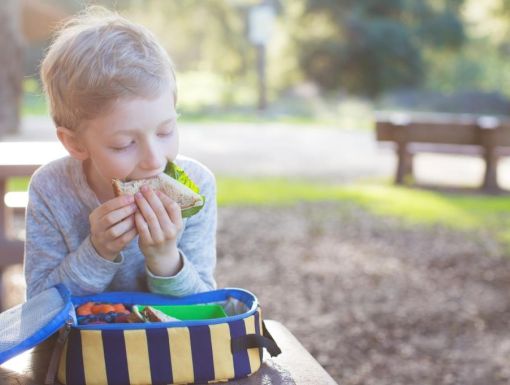
Non-Alcoholic Fatty Liver Disease in Children
When you think of liver disease and who it affects, you probably don’t think of children. Perhaps you think of adults who develop liver disease from hepatitis, or cirrhosis of the liver resulting from heavy drinking. But there’s a chronic liver disease that’s striking more and more children every year: non-alcoholic fatty liver disease (NAFLD).
What is NAFLD?
This disease is now the most common chronic liver disease in children. NAFLD is an accumulation of too much fat in the liver not caused by alcohol, genetics or medications, and is closely associated with obesity, although not all children with NAFLD are obese. NAFLD can range from mild to severe; nonalcoholic steatohepatitis (NASH) is the most severe form, and includes inflammation and scarring in the liver.
NAFLD affects Hispanic children at a higher rate than other groups, followed by white and Asian children. African-American children are at a lower risk. Boys are more often affected than girls.
What are the symptoms?
Often, there are no obvious symptoms until advanced liver damage has occurred. That’s why early screening is important.
How is NAFLD diagnosed?
An inexpensive blood test called ALT can identify many children with NAFLD. Catching the disease early is important, because if the disease progresses too far, children can suffer irreversible liver disease. Obese and overweight children should be screened beginning at around age 9. Younger children should also be considered for screening if they have risk factors such severe obesity, sleep apnea and family history of NAFLD. Back-to-school physicals are a great time to initiate a screening. Your child’s pediatrician may enlist the help of a pediatric liver specialist (hepatologist), to rule-out the presence of other liver diseases.
How is NAFLD treated?
Weight management through lifestyle improvements is the most effective way to treat NAFLD. Cutting out sugary drinks, reducing screen time to less than two hours a day, eating healthy foods and exercising daily are all recommended treatments. Although it can be harder to change eating and exercise habits than taking medications, lifestyle intervention can be effective at reversing NAFLD, especially if changes are made in diet before advanced fibrosis has developed. There are currently no recommended medications for children with NAFLD.
Children should be monitored at least annually to see if the disease has progressed. More frequent visits can help children who are trying to lose weight with the help of lifestyle counseling. Healthcare providers should caution adolescents on the negative effects of binge drinking on liver disease progression.
Are there additional risks with NAFLD?
Children with this disease are at a higher risk for other conditions that complicate excess weight, including cardiovascular disease, pre-diabetes and diabetes. Children with NAFLD should be tested for these conditions.


